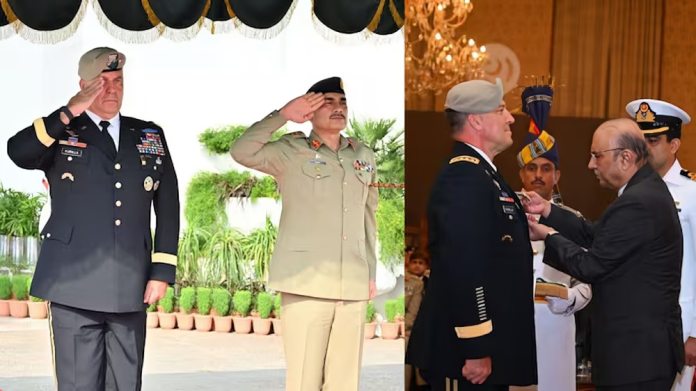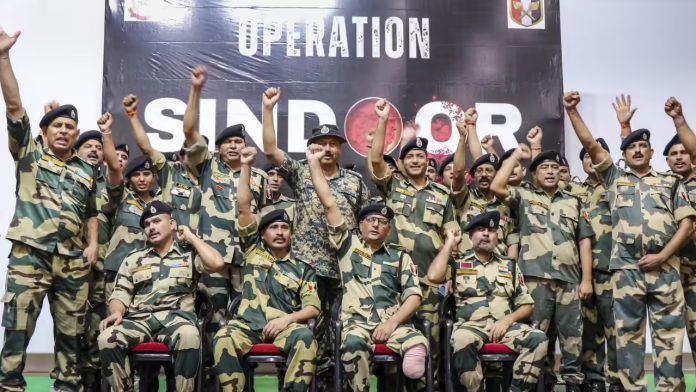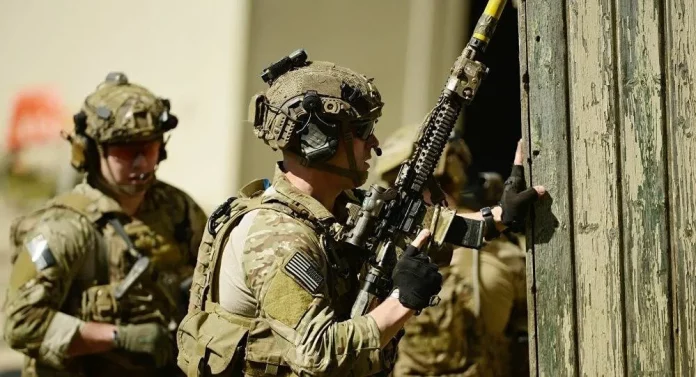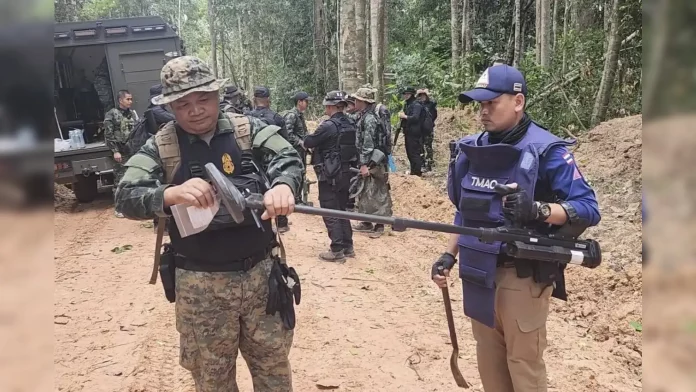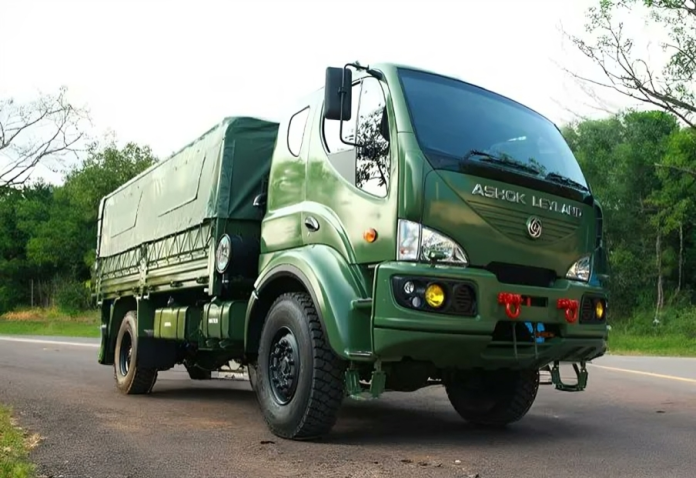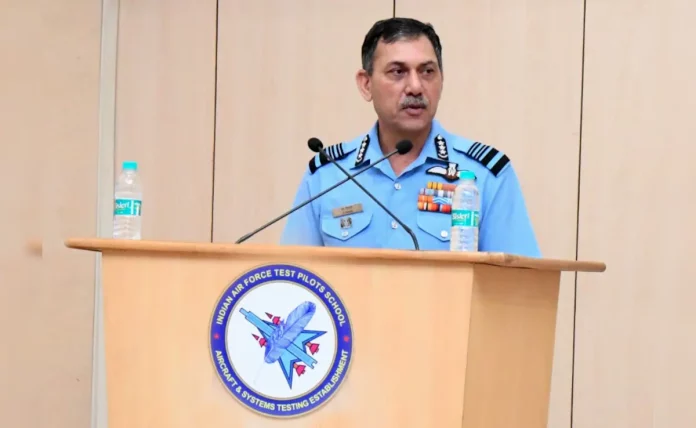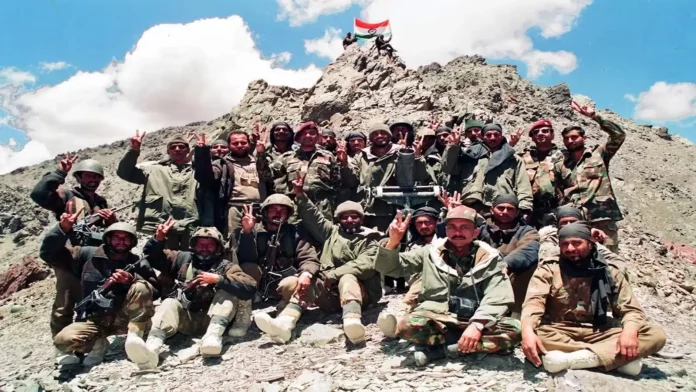The Pakistan government has conferred one of its highest military honours, the Nishan-e-Imtiaz (Military), on US Central Command (CENTCOM) chief General Michael E. Kurilla, recognising his role in enhancing strategic defence cooperation between the two countries. The award was presented by Pakistan’s President Asif Ali Zardari during the general’s recent visit to the country.
General Kurilla, who arrived to a ceremonial Tri-Services Guard of Honour, was acknowledged for his “outstanding contributions to regional security” and his efforts to deepen counterterrorism collaboration between the US and Pakistan, according to Pakistan’s state broadcaster Radio Pakistan.
The timing of the honour follows General Kurilla’s remarks in June, where he described Pakistan as “a phenomenal partner in the counter-terrorism world”. He had also emphasised that the United States should maintain strong relationships with both India and Pakistan, asserting that the two were not mutually exclusive.
Kurilla’s comments had drawn a strong response from India, especially in light of recent cross-border attacks such as the one in Pahalgam, and historic cases including the 2008 Mumbai terror attacks. India’s Ministry of External Affairs had reiterated Pakistan’s well-documented record in harbouring terrorism, citing the shelter it gave to Osama bin Laden in Abbottabad.
The honour also comes as Pakistan’s Foreign Minister Ishaq Dar visited Washington, where he met US Secretary of State Marco Rubio. Both sides discussed expanding bilateral trade and strategic cooperation. Rubio stated that he appreciated Pakistan’s “partnership in countering terrorism and preserving regional stability.”
The conferring of Nishan-e-Imtiaz to General Kurilla is seen as a diplomatic signal underscoring Islamabad’s efforts to strengthen its defence credentials and improve its international image amid global scrutiny over its counterterrorism track record.

